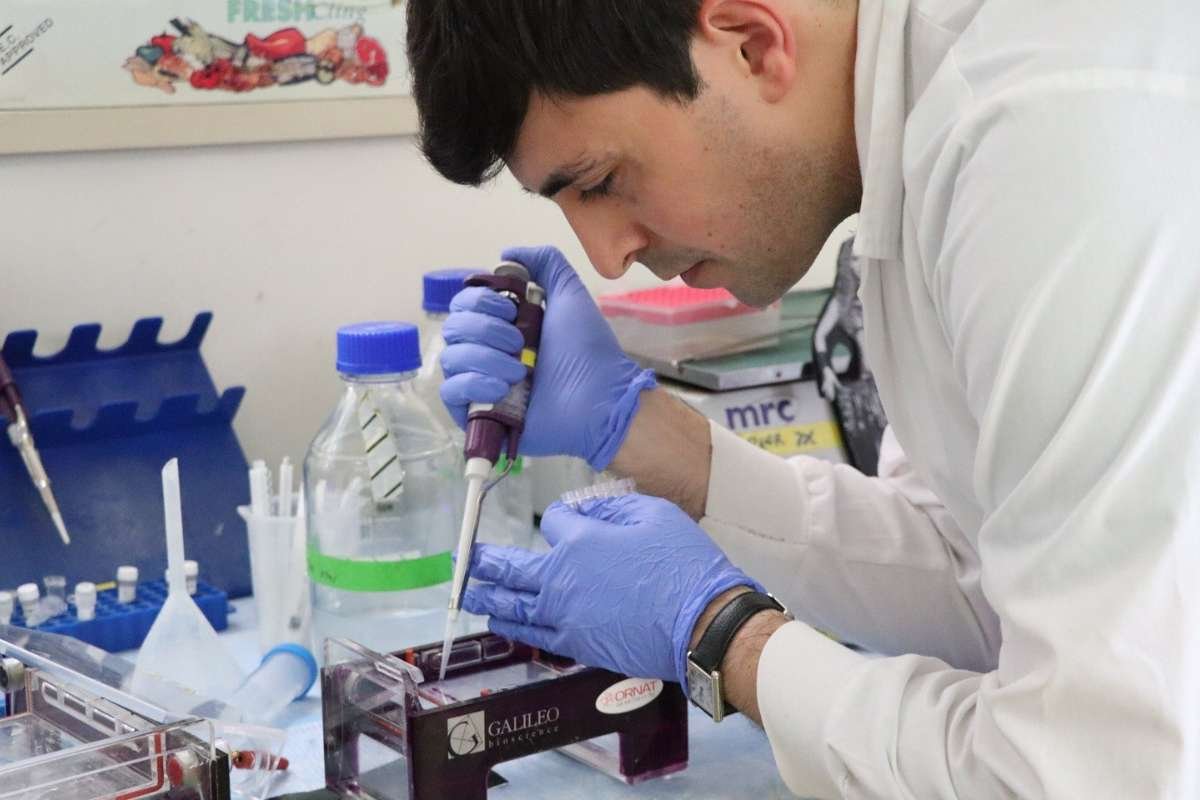According to an investigation published in The Lancet, people with HIV who maintain low, but still detectable, levels of the virus and follow their antiretroviral regimen have essentially little chance of HIV sexual transmission. A formal satellite session prior to the 12th International AIDS Society Conference on HIV Science (IAS 2023) will present the study’s findings.
The results of the systematic review show that HIV sexual transmission risk is essentially nonexistent at viral levels of less than 1,000 copies per millilitre of blood, or what is known as a suppressed viral load. The systematic review also indicates that there is no risk of HIV sexual transmission to partners for people with HIV who have an undetectable viral load (not detected by the test used).
Based on this analysis, the World Health Organisation (WHO) has released a new policy brief that offers policymakers, public health practitioners, and people living with HIV sexual transmission prevention and viral load testing guidelines. This advice aims to further stop HIV transmission and ultimately help global efforts to achieve undetectable viral loads through antiretroviral medication for all people living with HIV and to stop transmission to their sexual partner(s), children, and other family members.
Previous studies have demonstrated that HIV-positive individuals with viral loads below 200 copies/mL had no risk of HIV sexual transmission. The risk of transmission at viral loads between 200 and 1000 copies/mL was less clear up to this point.
By analysing databases for all studies on HIV sexual transmission at different viral loads that were released between January 2000 and November 2022, the scientists were able to close this information gap. The systematic review included a total of eight studies that provided information on 7,762 serodiscordant couples—in which one partner has HIV—from 25 different countries.
Antiretroviral therapy, also known as ART, is a daily HIV treatment that works by reducing the body’s level of the virus. This preserves immune function, lowers viral-related morbidity and death, and slows the progression of HIV. Depending on their stage of infection, patients with HIV can have a viral load without ART that ranges from 30,000 to more than 500,000 copies/mL.
The most accurate viral load assays can be performed on lab-based plasma samples, however these procedures are impractical in many regions of the world. The latest research suggests that simpler diagnostic methods, like employing dried blood spot samples, should be used more frequently because they are efficient at classifying viral loads for critical clinical decision-making.
Only two of the 323 HIV sexual transmissions found in all eight investigations included partners with virus loads under 1000 copies/mL. The viral load test was carried out at least 50 days before transmission in both instances, indicating that the viral load of the patients may have increased in the time after the test. At least 80% of transmissions in trials that included partners with HIV with the complete spectrum of viral loads involved viral loads greater than 10,000 copies/mL.
The ultimate goal of antiretroviral therapy for persons living with HIV is to maintain undetectable viral loads, which will enhance their own health and prevent transmission to their sexual partners and children, according to co-author Dr Lara Vojnov of the WHO. However, these recent discoveries are equally important since they show that the risk of HIV sexual transmission at low viral levels is practically nonexistent. This offers a significant chance to support those living with HIV, de-stigmatize HIV, and highlight the advantages of sticking with antiretroviral therapy.
The study’s limitations were acknowledged by the authors. Due to differences in ‘low viral load’ definitions between studies, viral load testing schedule and frequency, and patient follow-up, some of the data that were evaluated were not precisely calculated. Given the extremely low amount of transmissions, HIV therapy is currently advised for all people living with the virus, and very high sample sizes are required to create more accurate estimations.
Additionally, because of the length and severity of exposure – during pregnancy, childbirth, and breastfeeding – the findings do not apply to HIV transmission from mother to child. In addition, there are differences between mother-to-child transmission and HIV sexual transmission of the virus. The key to preventing new HIV infections in children is ensuring that pregnant and nursing women have undetectable viral levels throughout the whole exposure period.
“Laura N. Broyles and colleagues’ systematic review in The Lancet further supports the almost zero risk for HIV sexual transmission at levels less than 1000 copies per mL,” co-authors Linda-Gail Bekker, Philip Smith, and Ntobeko A B Ntusi (who were not involved in the study) wrote in a linked Comment. There are at least three significant reasons why this evidence is crucial. First of all, it emphasises the necessity of expanding viral load testing in all settings where patients with HIV and ART are present. Second, these data are most likely the greatest we will ever have, as Broyles and colleagues noted.
Individuals must now be administered life-saving ART regardless of viral load per standard of care…Thirdly, and perhaps most significantly, this study offers compelling evidence in favour of the global undetectable equals untransmittable (U=U) campaign. This campaign aims to spread the idea that people with undetectable virus loads are not sexually contagious, lowering stigma and enhancing quality of life.









